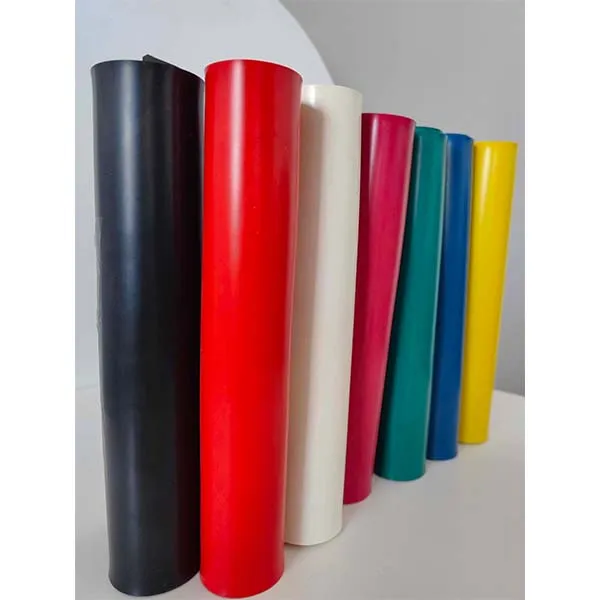self adhesive weather stripping for doors
The Essential Guide to Self-Adhesive Weather Stripping for Doors
Weather stripping is an essential component for maintaining the integrity and energy efficiency of your home. Among the various types available, self-adhesive weather stripping for doors stands out due to its ease of installation and effectiveness in reducing drafts. Whether you're looking to enhance comfort, lower energy bills, or improve soundproofing, self-adhesive weather stripping is a practical solution that can yield significant benefits.
What is Self-Adhesive Weather Stripping?
Self-adhesive weather stripping is a flexible material, typically made from foam, rubber, or vinyl, designed to create a seal around doors and windows. Its self-adhesive backing allows for effortless application, requiring no additional tools or materials. This type of weather stripping is especially popular among DIY enthusiasts and homeowners who want to address drafts quickly and effectively without the need to hire a professional.
Benefits of Self-Adhesive Weather Stripping
1. Energy Efficiency One of the primary benefits of installing self-adhesive weather stripping is its ability to reduce heat loss during winter and keep cool air inside during summer. This leads to a more consistent indoor temperature and, ultimately, lower energy bills.
2. Easy Installation The self-adhesive feature allows for rapid and uncomplicated installation. Simply cut the weather stripping to your desired length, peel off the backing, and stick it along the door frame. There’s no need for complex tools or adhesives, making it an ideal choice for quick repairs.
3. Versatility Self-adhesive weather stripping can be used on a variety of door types, including exterior doors, sliding glass doors, and even interior doors. This versatility makes it an excellent solution for any area of your home that requires insulation.
4. Noise Reduction In addition to thermal insulation, weather stripping can help to minimize noise from outside. If you live in a busy area or near an airport, adding self-adhesive weather stripping can create a quieter, more peaceful living environment.
self adhesive weather stripping for doors

5. Cost-Effective Compared to extensive renovations or more complicated insulation methods, self-adhesive weather stripping is an affordable way to enhance your home’s energy efficiency. With a minimal upfront cost, homeowners can save money in the long run through reduced energy expenses.
How to Install Self-Adhesive Weather Stripping
1. Measure the Door Frame Begin by measuring the height and width of your door frame to determine how much weather stripping you will need.
2. Choose the Right Material Based on your specific needs (e.g., gap size and insulation requirements), select the appropriate type of self-adhesive weather stripping—foam, rubber, or vinyl.
3. Clean the Surface Ensure the surface where the weather stripping will be applied is clean and dry. Remove any dust, dirt, or old adhesive to allow for better adhesion.
4. Cut to Size Use scissors to cut the weather stripping to the appropriate lengths based on your measurements.
5. Apply the Weather Stripping Peel off the backing and press the weather stripping against the door frame or surface. Make sure it adheres properly and adjust as necessary.
Conclusion
Self-adhesive weather stripping for doors is an invaluable tool for any homeowner looking to improve their home’s energy efficiency and comfort. With its ease of installation, versatility, and cost-effectiveness, it provides a simple yet effective solution to combat drafts and external noise. Take the time to assess your doors and windows and consider adding this practical weather-proofing method to enhance your living space. Not only will your home feel cozier, but your energy bills will thank you!
-
Under Door Draught Stopper: Essential ProtectionNewsJul.31,2025
-
Garage Door Seal and Weatherstrips for ProtectionNewsJul.31,2025
-
Edge Banding Tape for Perfect EdgesNewsJul.31,2025
-
Table Corner Guards and Wall Corner ProtectorsNewsJul.31,2025
-
Stair Nose Edging Trim and Tile Stair SolutionsNewsJul.31,2025
-
Truck Bed Rubber Mats for Pickup BedsNewsJul.31,2025
-
Window Weather Stripping for Noise ReductionNewsJul.29,2025